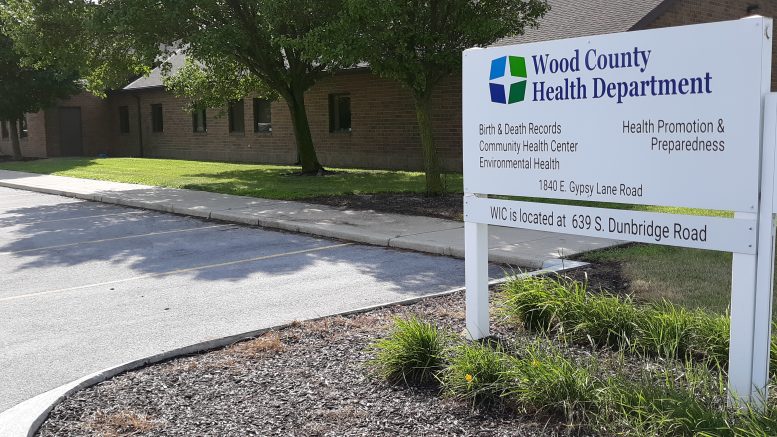The results from E. coli samples sent to the Ohio Department of Health show a link between at least five of the 18 cases tested so far.
It is too soon to know the source of the contamination, according to Beth Peery, public health information and education manager at the Wood County Health Department.
“There’s no clear pattern yet,” Peery said Tuesday afternoon.
There have been 18 cases of E. coli, and six hospitalizations recorded in the county within the last two weeks.
As of Tuesday, five of the samples tested by ODH had been returned, with all having the same serotype.
“That tells us that there may be a link between cases,” Peery stated. “Approximately 30% of Shiga Toxin E. coli (STEC) cases are this serotype, so it’s not definitive but does help us identify next steps to pursue in the investigation.”
Wood County Health Department is working with state and federal partners to explore possible links and understand next steps.
No new cases or hospitalizations have been identified since Monday, Peery said. The last reported illness had an onset date of Aug. 9.
“We are continuing to monitor for cases, and ask that anyone who thinks they may have symptoms of E.coli to report their symptoms to their healthcare provider and be tested so that we don’t miss any other cases that could have occurred.”
Reports are also accepted through the health department website: https://woodcountyhealth.org/health-promotion-and-preparedness/infectious-disease/
During Monday’s Bowling Green City Council meeting, Public Utilities Director Brian O’Connell reported that upon hearing about the E. coli cases, the city collected water samples at the Wood County Fairgrounds to make sure that site wasn’t the source of the outbreak.
“I want to assure you, that’s not the case,” O’Connell said.
Samples were taken from six or seven sites, all showing negative results for bacteria, he said.
The E. coli cases were made public last week when Wood County Health Commissioner Ben Robison reported the county had recorded three years’ worth of E. coli cases in the past week.
Eighteen cases have been reported, compared to 27 cases in the last five and a half years in the county.
Robison explained that people sometimes believe the last place or food item they ate is the culprit when it comes to gastro-intestinal issues. But the first symptoms of E. coli may not show up until 10 days after they ate the contaminated food, he said.
E. coli are bacteria found in the environment, foods, and intestines of people and animals. E. coli are a large and diverse group of bacteria, according to the CDC.
The symptoms for E. coli vary depending on the source and the person infected. The symptoms may include severe stomach cramps, diarrhea (often bloody), and vomiting. Some people may have a fever, which usually is not very high (less than 101˚F). Most people get better within five to seven days. Some infections are very mild, but others are severe or even life-threatening.
Most people start feeling sick three to four days after eating or drinking something that contains the bacteria. However, illnesses can start anywhere from one to 10 days after exposure.

